
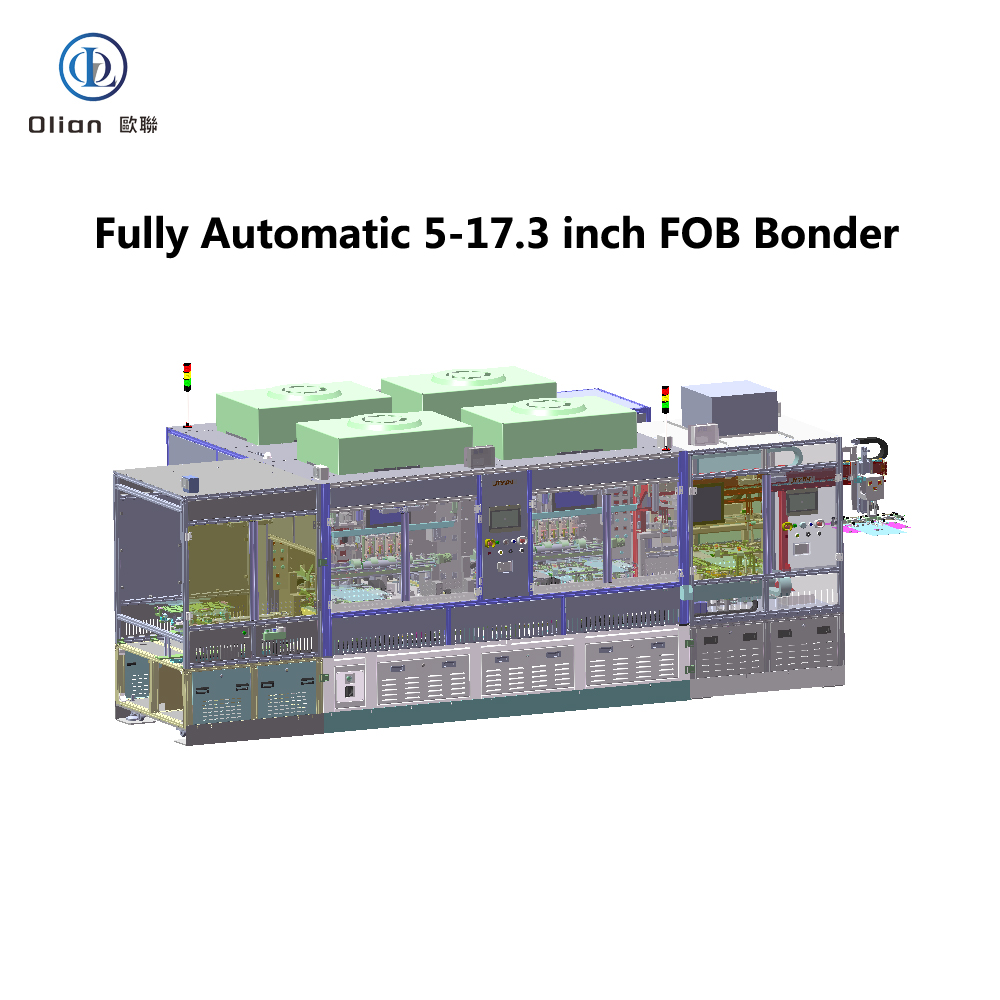
Automatic FOB Bonder OL-PB3000
Equipment Overview
The OL-PB3000 Automatic FOB Bonder, manufactured by Shenzhen Olian Automatic Equipment Co., Ltd., is a cutting-edge device designed for the automatic PCB loading, ACF (Anisotropic Conductive Film) attachment, alignment, and thermal compression between FOG (Flexible On Glass) products and PCB (Printed Circuit Board) in LCD products ranging from 5.5″ to 17.3″. This equipment is compatible with single-edge multi-segment FPC (Flexible Printed Circuit) products and can be integrated with other machines from the same company to form a production line.
Device Structure and Workflow
The device consists of several key components, including PCB loading, FOG loading, pre-main pressing platform, detection platform, and an outfeeding system. Its workflow starts with PCB loading, followed by FOG loading. Then, the PCB undergoes plasma cleaning. Subsequently, the FOG is transferred to the pre-main pressing platform, and the PCB is also moved to this platform. After alignment between FOG and PCB, the main pressing process takes place. Post pressing, the product undergoes various detection processes. If any deviation is detected, the product is discharged through a belt. If the product passes the detection, it is handed over to the subsequent machine or outfed.
Applicable Product Specifications
The OL-PB3000 accommodates LCD dimensions from 100mm×100mm to 380mm×380mm. The FPC & COF (Chip On Film) dimensions range from 20mm×20mm to 80mm×80mm, with a maximum of 6 FPC & COF units on a single edge and a center distance of≥60mm. The PCB length can be 70 – 380mm, width 10 – 60mm, with a maximum of 1 PCB. The maximum finished product size is 480mm. The ACF can be of the reel type, with 2 or 3 layers. The ACF attachment length is 5 – 80mm, and the width is 0.3 – 5mm, adjustable for different widths. The ACF reel has an inner diameter of 18mm or 25mm, and the maximum reel diameter is 200mm.
Machine Performance Indicators
The OL-PB3000 boasts high-precision production capabilities. The ACF attachment accuracy is X:±0.15mm, Y:±0.1mm. The FOB main pressing accuracy is X: ±25um, Y:±30um. The production cycle is≤10sec/pcs, with the ACF setting time≤0.5sec and the main pressing setting time≤10sec. It is suitable for FOB bonding of single-edge 1 – 6 FPC products. When switching to a new model, the time required is≤90min, and for existing models, it’s≤50min, depending on the engineer’s proficiency.
The temperature control for ACF-bonding ranges from RT (Room Temperature) to 120℃, and for main-bonding, it’s RT to 400℃. The heating method for the pressing head is constant heat, with temperature control via PID (Proportional Integral Derivative) control and touch screen settings. The temperature error on the pressing head surface is±5℃, using K-type thermocouples. The time setting for ACF-bonding is 0.1 – 9.9Sec, and for main-bonding, it’s 0.1 – 99.9Sec. The pressure regulation range for ACF-bonding is 10 – 150N, and for main-bonding, it’s 20 – 600N. Pressure regulation for ACF is via a precision pressure regulator, while for main pressing, it’s controlled by a proportional valve and touch screen adjustments.
Overall Machine Specifications
The machine dimensions are approximately 4400mm (length) ×2000mm (width) ×1900mm (height), with a working height of 1000mm. It weighs around 3000KG and comes in ivory white. It requires a cleanroom environment of class 1000 or below. The power supply is three-phase 380V. The machine has a maximum power of 15KW. The air source requirement is a clean compressed air of≥0.5 – 0.7MPa, with a consumption of≈200L/min. The machine is equipped with a vacuum pump (200L/min) and a storage tank. It also features an exhaust system with a centralized silencer. For safety, it has an emergency stop button with a protective cover, interlocking design, and alarm systems.
The PCB loading section uses tray loading with a tray size range of 400x500mm (max) and 250x250mm (min), and a maximum stack height of 400mm.
The FOG loading can be via belt, platform, or upstream machine integration, with offline unloading. The outfeeding section can directly connect with downstream machines.
The FOG mechanical hands are equipped with vacuum groups and quantity selectable according to product dimensions, with vacuum value digital displays.
The X-axis is driven by linear motor, θ-axis by servo + harmonic reducer, and Z-axis by slide cylinder lifting.
The ACF unit features automatic semi-cutting, with cutting depth adjustable via a micrometer.
The ACF stage includes platform vacuum, material, and flatness specifications.
The ACF detection part uses a CCD vision system.
The pre-main pressing unit has 4 pressing heads per group, driven by servo + cylinder + guide rail.
The pre-main pressing stage involves Y1-axis, X-axis, Y2-axis, FOG-Z-axis, and PCB-Z-axis movements, all driven by servo motors.
The pre-main pressing alignment CCD uses linear motor + guide rail for X-axis movement.
The main pressing backup part has specific material, size, and surface flatness requirements.
The buffer material supply part involves step motor-driven rotation, manual width adjustment, and sensor detection for material exhaustion.
The image processing unit employs the Boss system with multiple CCD cameras, same-axis light barrels, and different magnifications and field of views for various detection parts. The control unit uses PLC control with a touch screen interface supporting manual and automatic modes. It displays working parameters and can store data for 100 varieties. It also has emergency stop buttons, power switches, lighting switches, door interlock functions, and a three-color operation indicator light.
File Documentation and After-sales Service
The company provides an operation manual and offers training on equipment installation, operation, calibration, parameter setting, maintenance, and troubleshooting. It also includes one year of free after-sales service (excluding damages caused by human error) and lifelong technical support.
Major Component Brands
The OL-PB3000 utilizes high-quality components from renowned brands, such as Servo motors from Rite,丝杆 from THK and 上银, DDR from雅克贝斯,导轨 from THK and 上银, pneumatic elements from SMC and 亚德客, PLC from Keyence, touch screens from Weilin, sensors from Meiji, switch power supplies from Mingwei, circuit breakers and contactors from Schneider and 士林, and drag chains from igus.
In summary, the OL-FB3000 Automatic FOB Bonder is a high-precision, efficient, and reliable device designed to meet the stringent requirements of LCD product manufacturing. With its advanced technology, robust performance, and comprehensive after-sales service, it is an ideal choice for businesses in the electronics manufacturing industry seeking to enhance production efficiency and product quality.
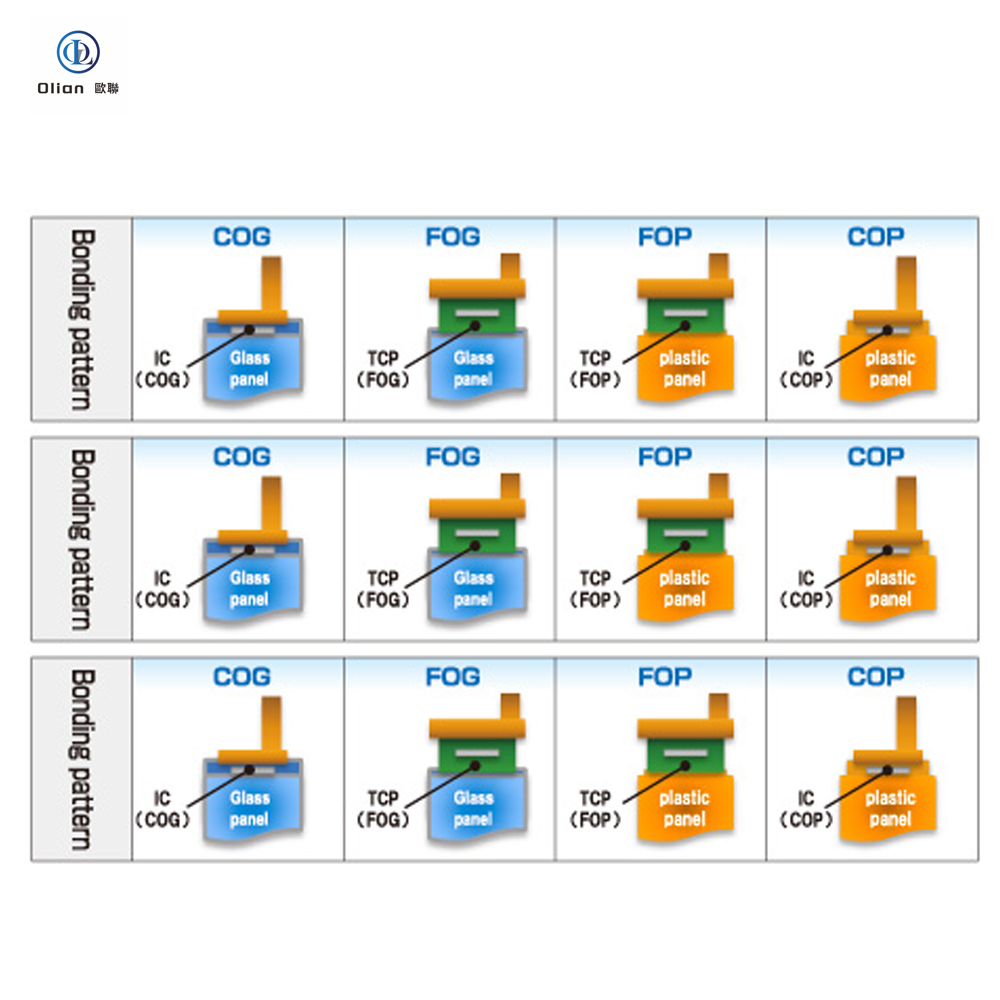
COP (Chip On Plastic) and FOP (Film On Plastic) Bonding Machine is a sophisticated piece of equipment used in the electronics industry, particularly for the production of flexible displays and advanced electronic devices. This machine combines the processes of COP and FOP bonding into a single, integrated system, streamlining the manufacturing process and improving efficiency. COP FOP bonding machines are essential for bonding integrated circuits (ICs) and flexible printed circuits (FPCs) to plastic substrates, ensuring high precision and reliability in display manufacturing.
COP FOP Bonding Machines can be classified based on their level of automation and specific applications:
COP FOP Bonding Machines are indispensable across diverse industries:
The electronics industry is continuously evolving, with manufacturers focusing on improving the precision and speed of bonding machines. Future trends include:
COP FOP Bonding Machines are critical components in modern electronics manufacturing, providing a reliable and efficient solution for bonding processes in the production of high-quality displays and electronic devices. They are used in a wide range of applications, from consumer electronics to industrial and medical devices, ensuring that products meet the highest standards of quality and performance. With the increasing demand for thinner, lighter, and more durable devices, COP FOP technology continues to play a crucial role in the electronics industry.

Flex cable bonding machines are essential in the manufacturing of electronic devices, particularly for attaching flexible printed circuits (FPCs) or flexible flat cables (FFCs) to various substrates. These machines ensure a seamless and robust connection between the flexible cable and the electronic components, playing a crucial role in the production of devices like smartphones, tablets, and automotive displays.
Flex cable bonding machines can be classified based on their specific applications and the type of bonding process they perform:
Flex cable bonding machines are indispensable across diverse industries:
The electronics industry is continuously evolving, with manufacturers focusing on improving the precision and speed of bonding machines. Future trends include:
Flex cable bonding machines are critical components in modern electronics manufacturing, providing a reliable and efficient solution for bonding processes in the production of high-quality displays and electronic devices. They are used in a wide range of applications, from consumer electronics to industrial and medical devices, ensuring that products meet the highest standards of quality and performance. With the increasing demand for thinner, lighter, and more durable devices, flex cable bonding technology continues to play a crucial role in the electronics industry.

In the electronics manufacturing industry, particularly in the ACF (Anisotropic Conductive Film) bonding process, a variety of testing machines and equipment are essential to ensure the quality and reliability of the final products. These machines play a crucial role in the production line, from initial material inspection to final product testing. Here is a comprehensive overview of the testing instruments and equipment used in ACF bonding processes:

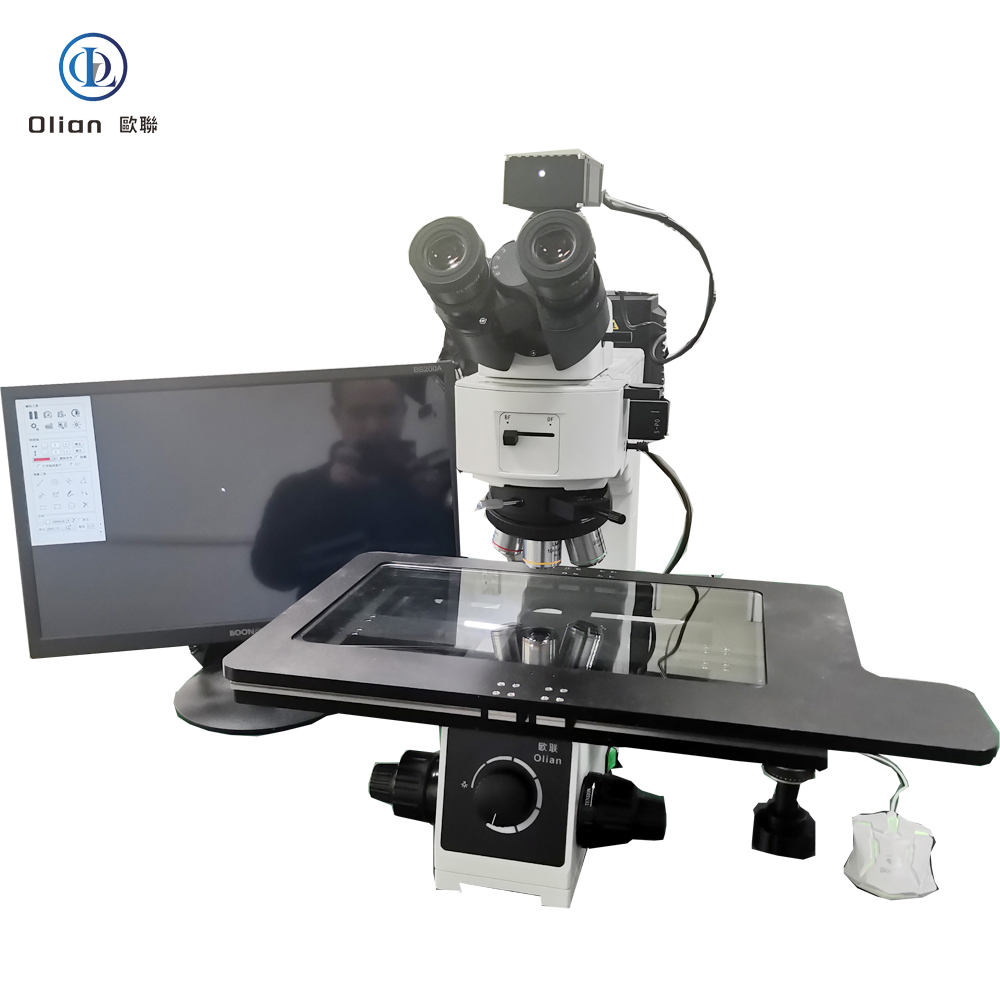

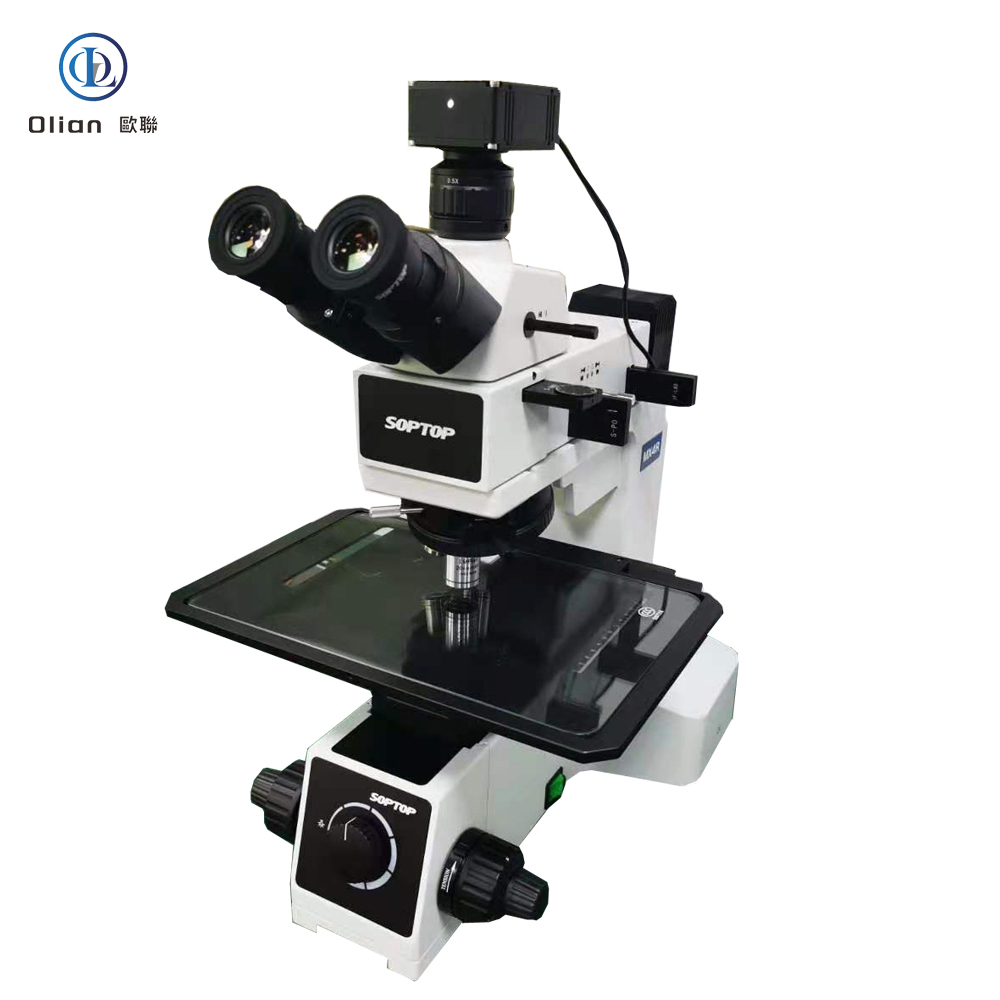
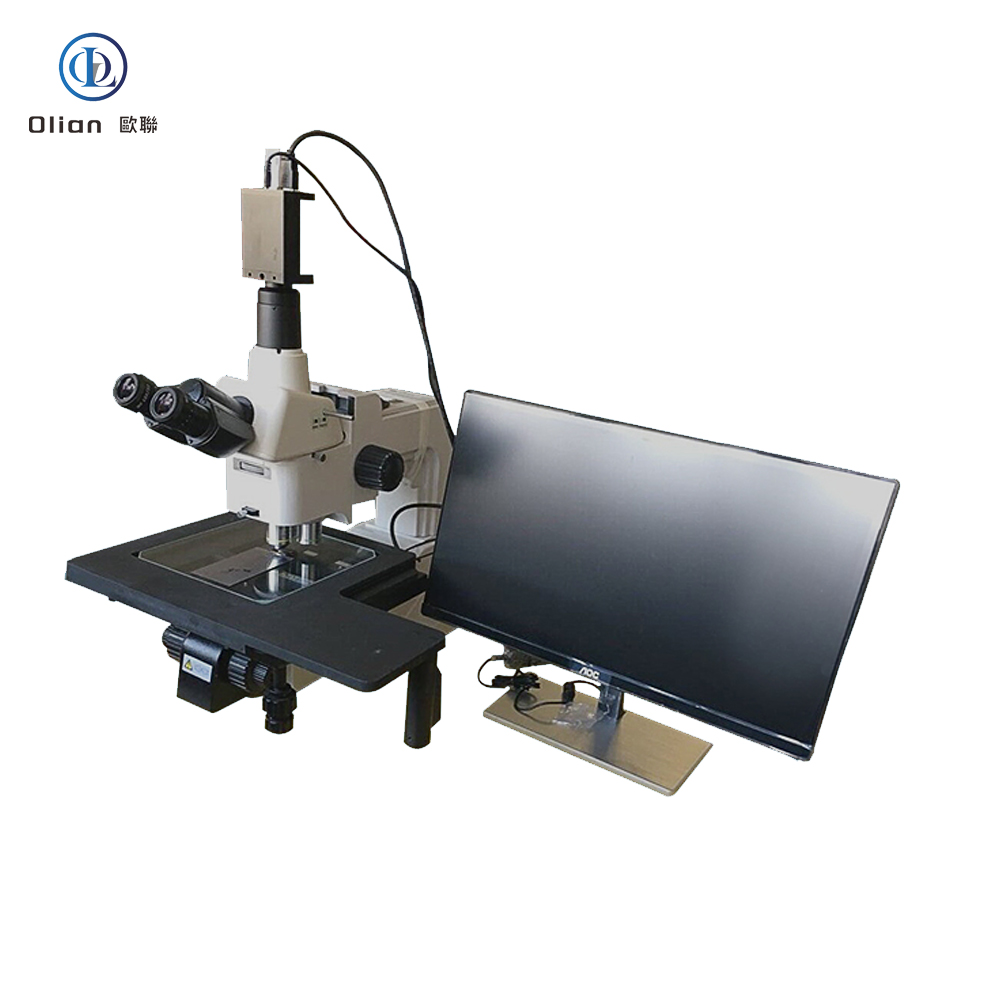


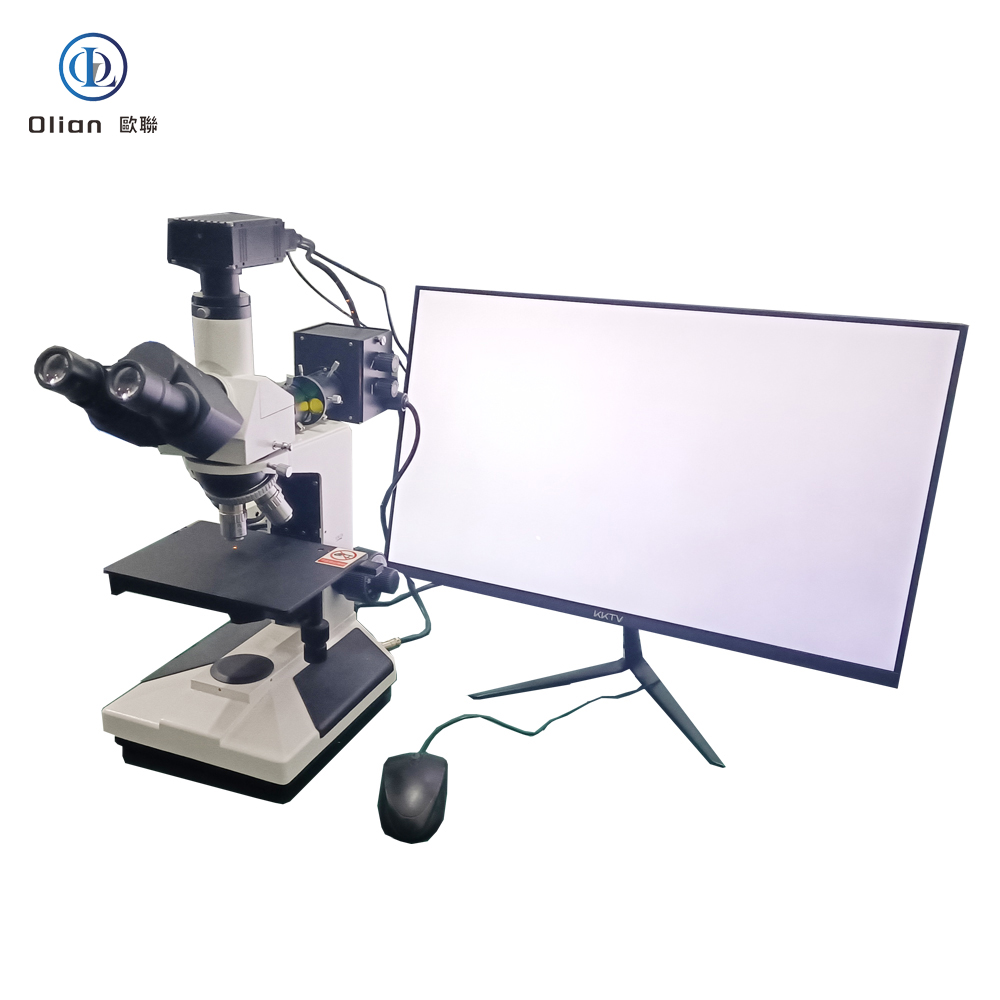
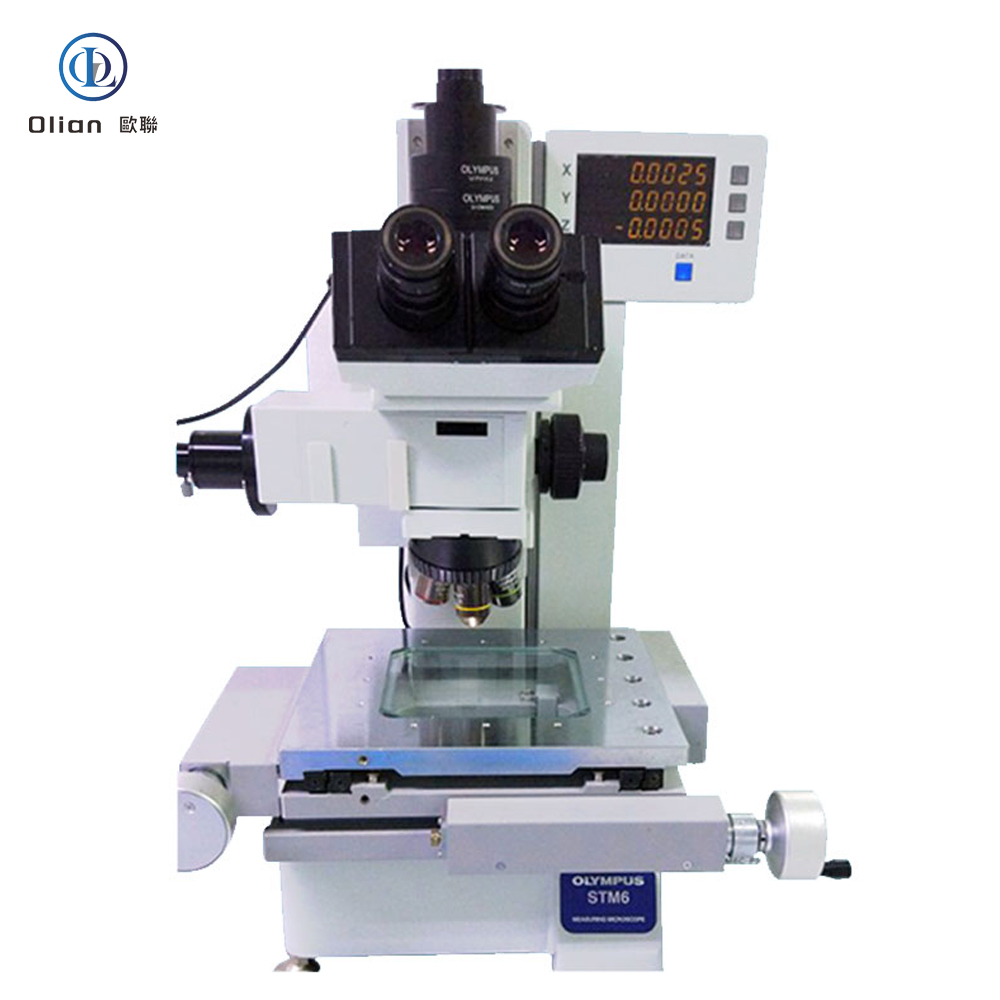
Interferometer Microscope: Interferometer microscopes are used to analyze the surface topography of materials with high precision. They are essential for inspecting the quality of ACF and the bonding surfaces of components. By using optical interference, these microscopes can detect minute surface irregularities that might affect the bonding process.
Metallographic Microscope: Metallographic microscopes are designed to examine the microstructure of metals and alloys. In the context of ACF bonding, they are used to analyze the metallurgical properties of the bonding sites. This helps in understanding the compatibility of the materials and the effectiveness of the bonding process.
Lens Inspection Microscope: Lens inspection microscopes are used to inspect and analyze optical components, such as the lenses used in display devices. They ensure that the optical properties of the components are maintained after the bonding process. High-resolution imaging helps in detecting any defects that might have occurred during bonding.
Tool Microscope: Tool microscopes are used for measuring and inspecting the dimensions and geometry of tools and mechanical parts. In ACF bonding, they are used to verify the alignment and precision of the bonding equipment. This ensures that the bonding process is accurate and consistent.
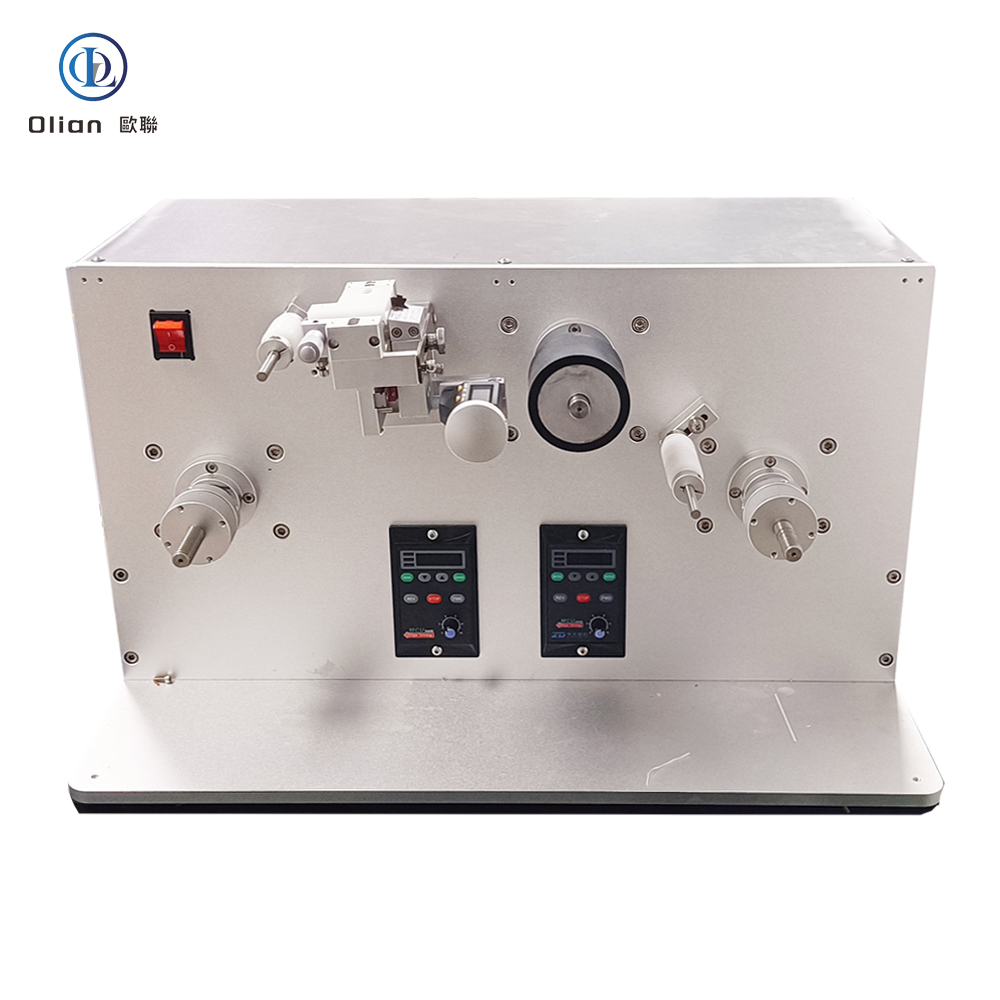
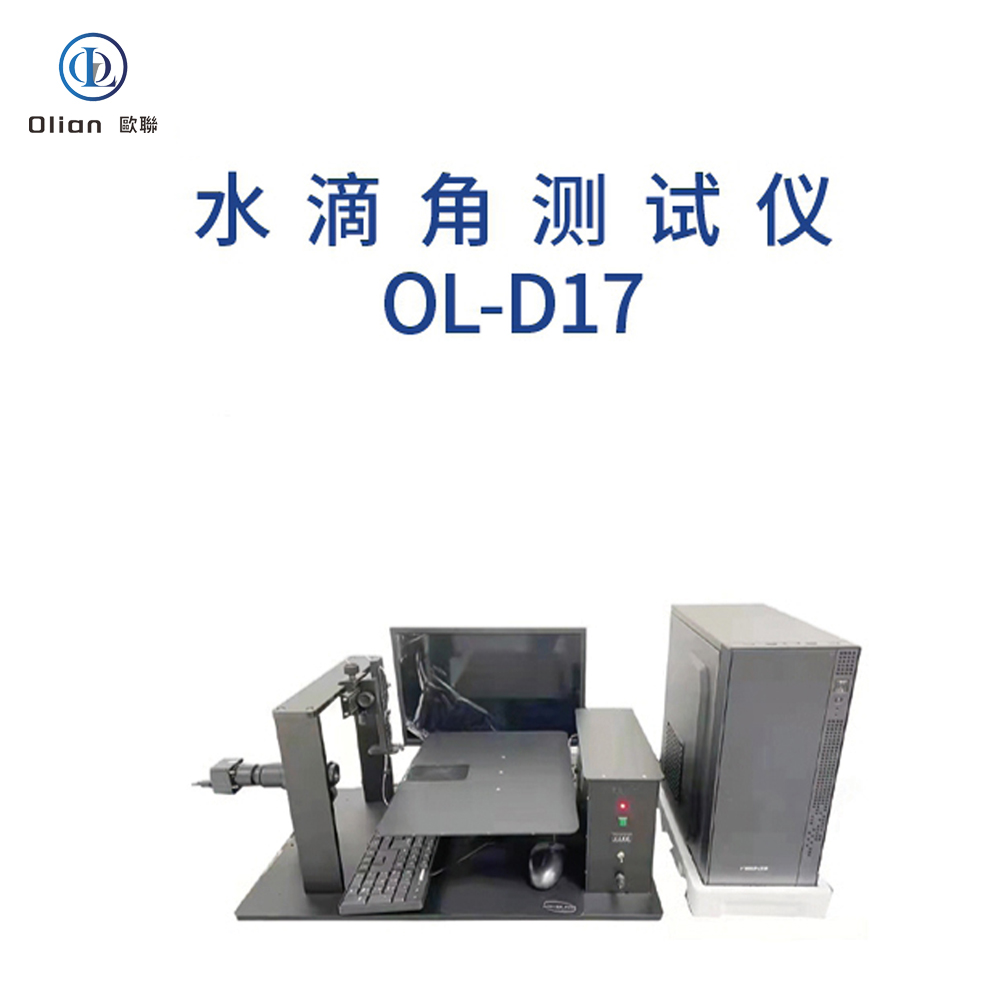
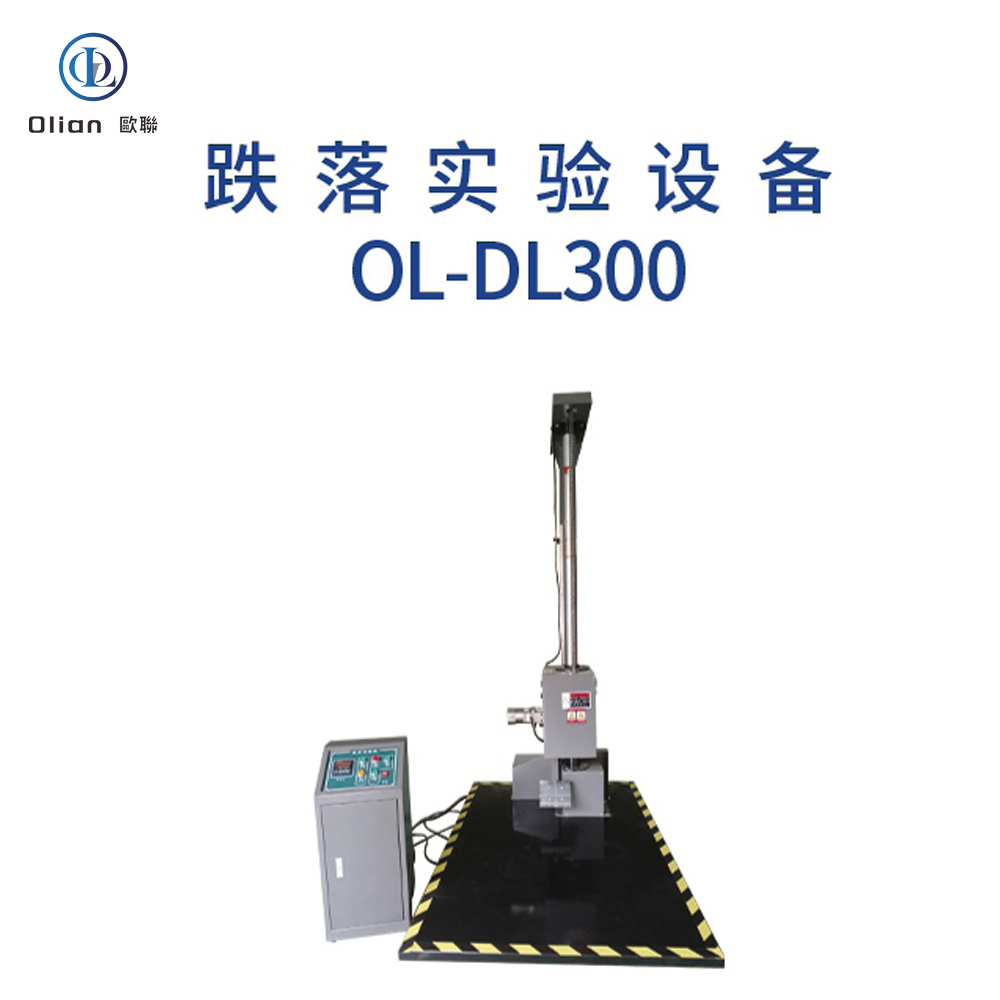
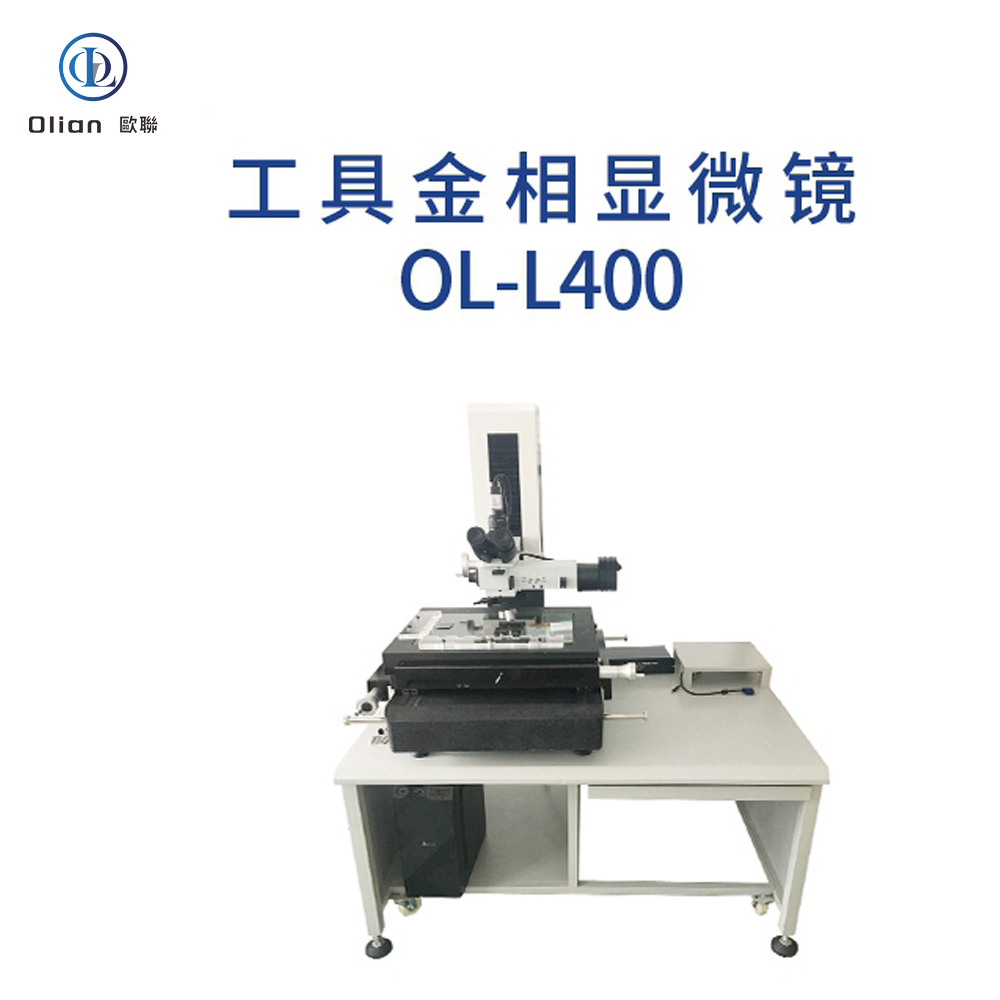
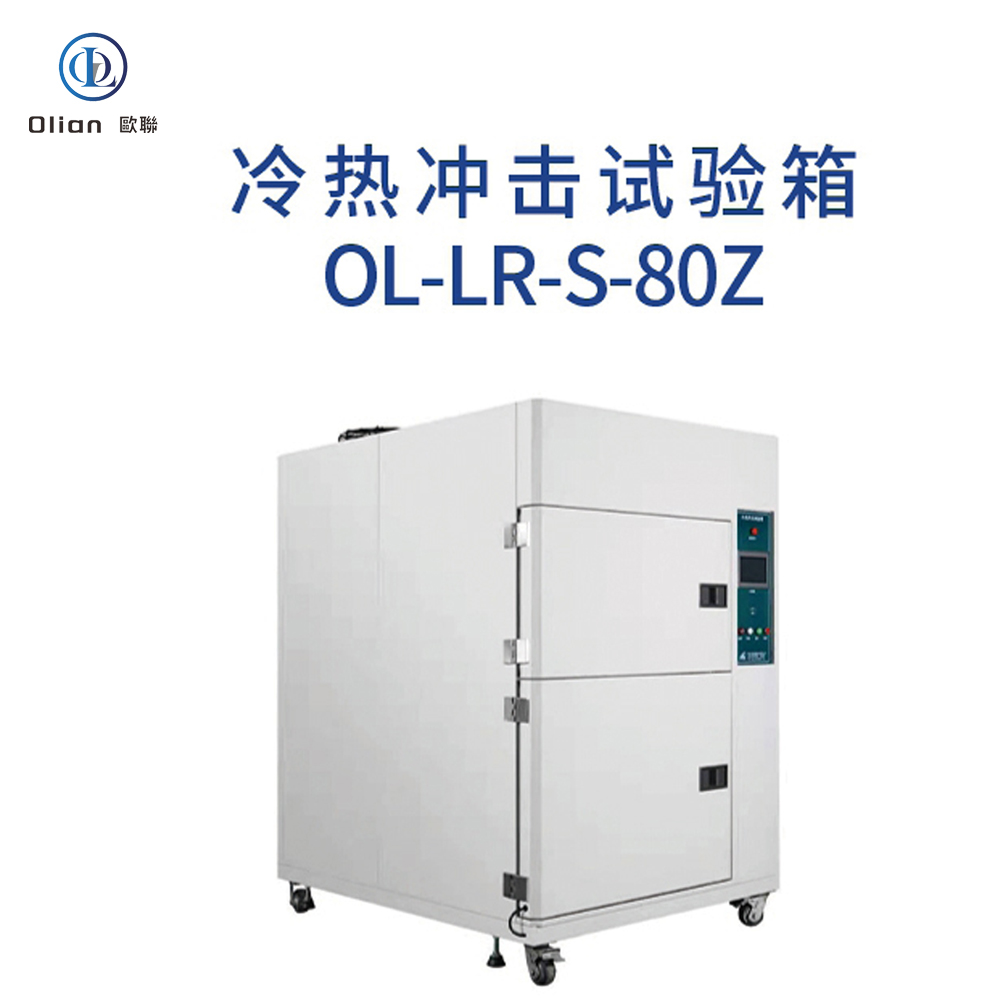
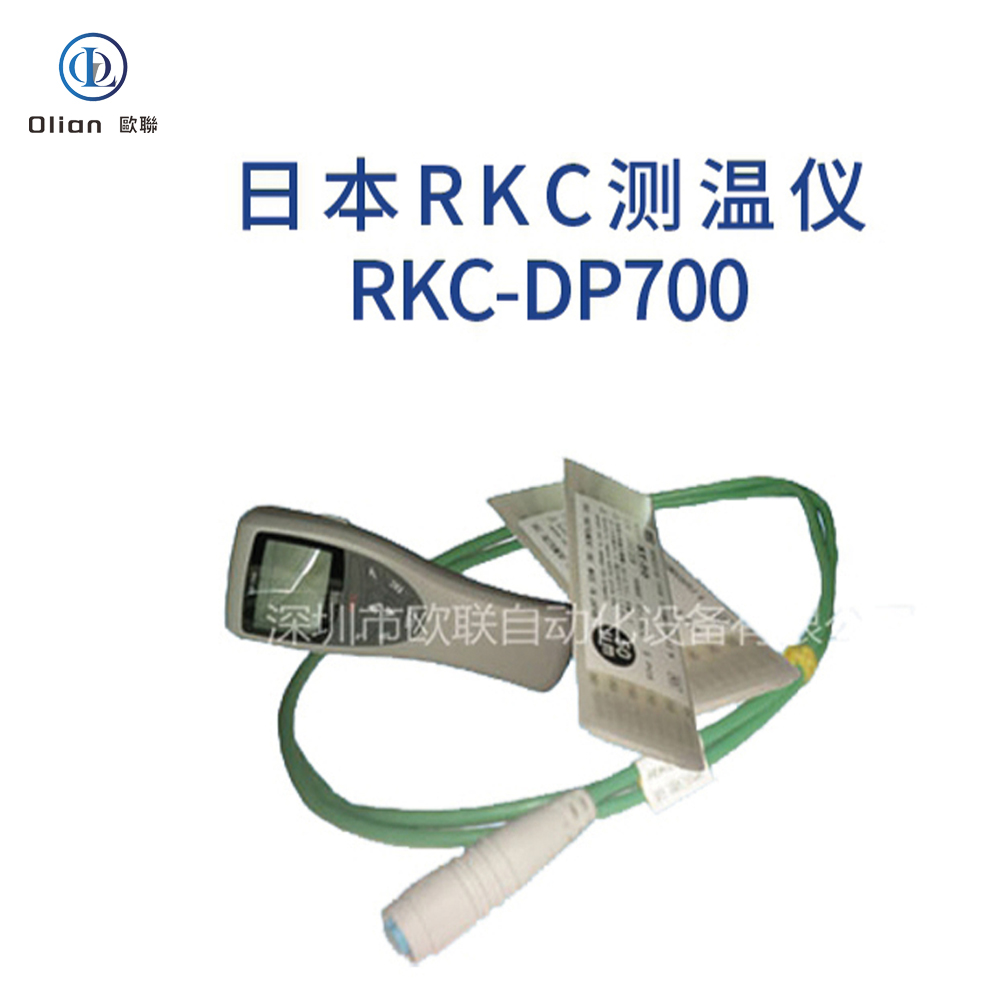
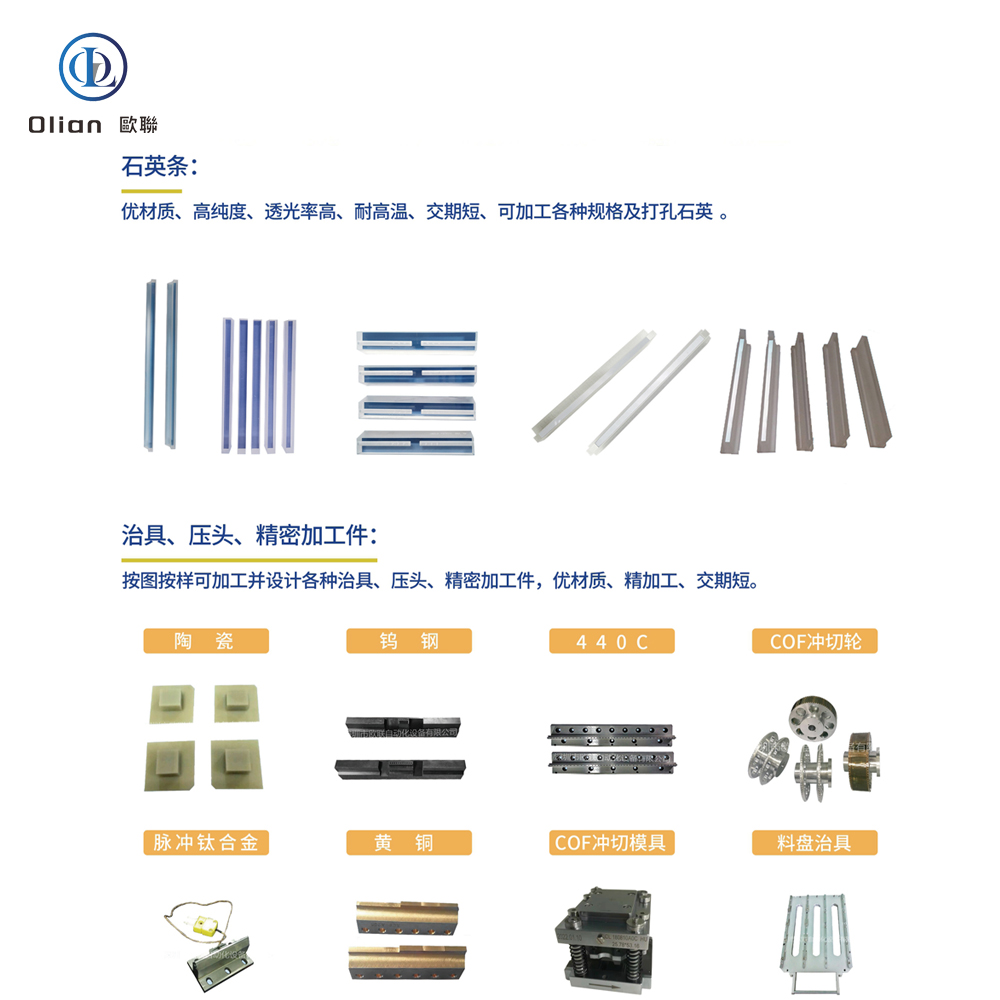
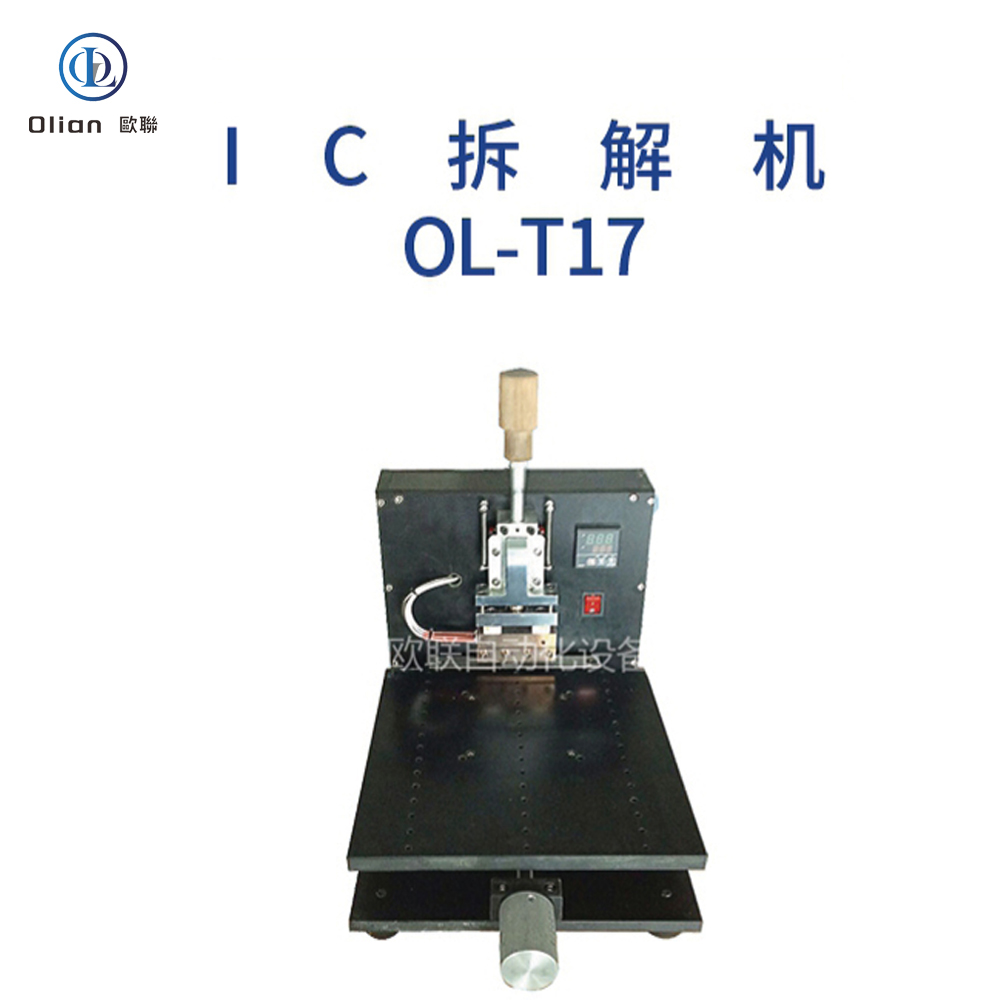
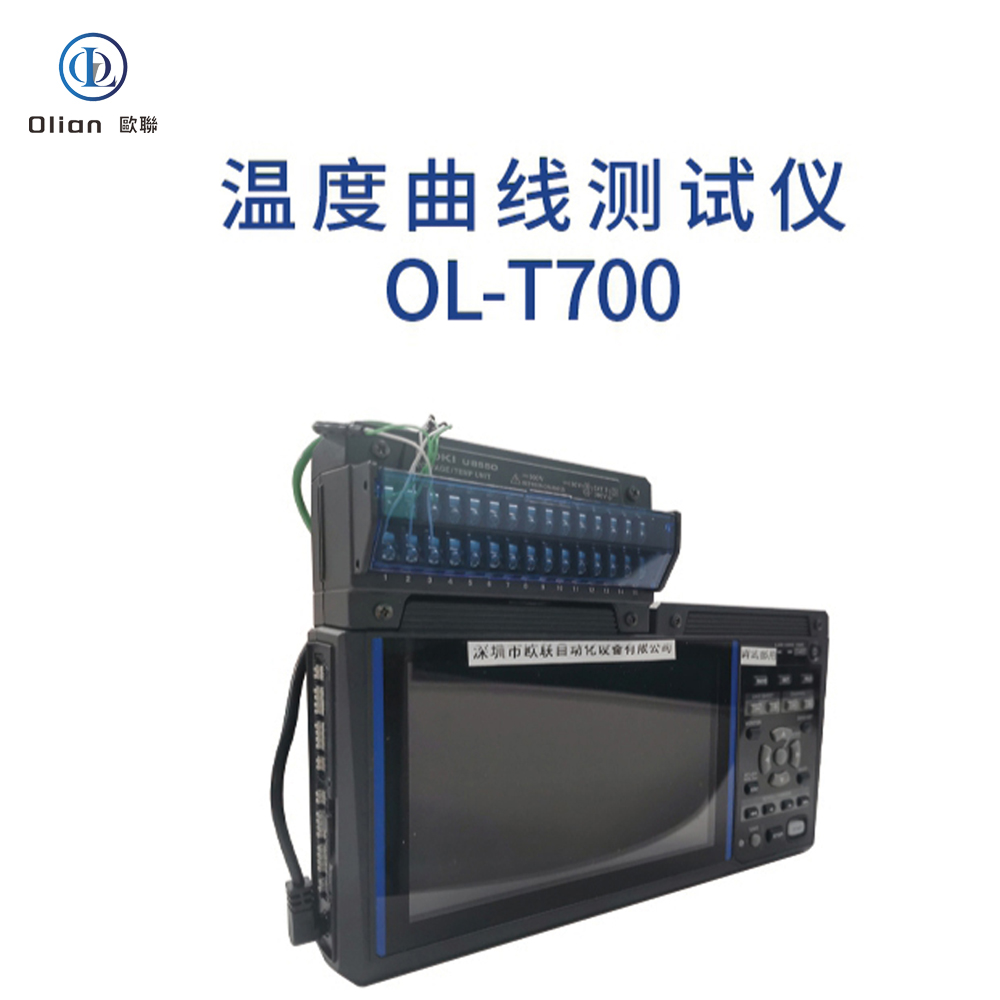




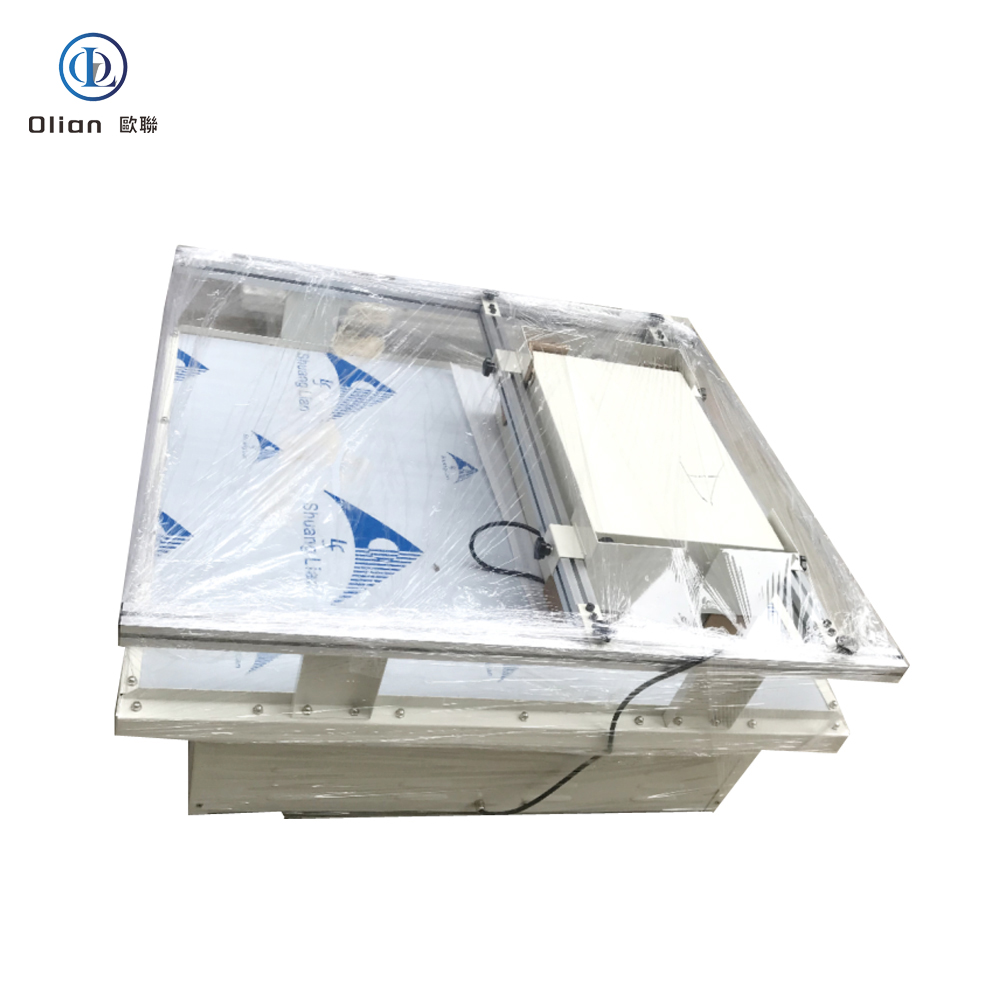
Temperature Testing Instrument: Temperature testing instruments are crucial for monitoring and controlling the temperature during the ACF bonding process. They ensure that the bonding temperature is maintained within the specified range, which is critical for the quality of the bond. These instruments can be contact or non-contact types, providing real-time temperature data.
Temperature Curve Testing Instrument: Temperature curve testing instruments measure and record temperature changes over time. They are used to analyze the thermal behavior of the bonding process and to optimize the temperature profile. This helps in achieving a consistent and reliable bond quality.
Pressure Testing Device: Pressure testing devices are used to measure and control the pressure applied during the ACF bonding process. They ensure that the pressure is uniform and within the specified limits, which is essential for a strong and durable bond. These devices can handle a wide range of pressures and provide precise control.
Tensile Testing Machine: Tensile testing machines are used to measure the tensile strength of the bonds created by the ACF process. They apply tensile force to the bonded components and measure the response. This helps in determining the mechanical strength of the bonds and ensuring that they can withstand the required forces.
High Temperature High Humidity Testing Chamber: These chambers simulate high temperature and high humidity conditions to test the adaptability and reliability of the bonded products. They are used to evaluate the long-term performance of the products under extreme environmental conditions.
Cold Hot Shock Testing Chamber: Cold hot shock testing chambers rapidly change the temperature to simulate extreme temperature variations. They are used to test the thermal shock resistance of the bonded products, ensuring that they can withstand rapid temperature changes without failure.
Salt Spray Testing Chamber: Salt spray testing chambers simulate a corrosive environment to test the corrosion resistance of the bonded products. This is particularly important for products that will be used in harsh environments, such as automotive and marine applications.
2D Measuring Instrument: 2D measuring instruments use optical imaging and image processing to measure two-dimensional dimensions with high precision. They are used to verify the dimensional accuracy of the components before and after the bonding process. This ensures that the components meet the required specifications.
Contact Angle Meter: Contact angle meters measure the contact angle of a liquid on a solid surface, providing information about surface wettability and adhesion. In ACF bonding, they are used to evaluate the surface properties of the bonding sites, ensuring that the ACF can adhere properly.
Drop Tester: Drop testers simulate the impact of dropping products to test their durability and shock resistance. They are used to ensure that the bonded products can withstand accidental drops during handling and transportation.
Vibration Testing Machine: Vibration testing machines simulate various vibration conditions to test the vibration resistance and reliability of the bonded products. They are used to ensure that the products can operate reliably in vibrating environments, such as in automotive and aerospace applications.
IC Disassembly Machine: IC disassembly machines are used to carefully remove integrated circuits (ICs) from their substrates without causing damage. This is crucial for repair and rework processes in the electronics industry.
IC Removal Machine: IC removal machines are designed to safely and efficiently remove ICs from printed circuit boards (PCBs). They are essential for maintaining the integrity of the board and the components during the repair process.
ACF Cutting Machine: ACF cutting machines are used to cut the ACF tape to the required length and shape. These machines ensure that the ACF tape is accurately cut and positioned for the bonding process.
ACF Bonding Machine: ACF bonding machines are used to bond the ACF tape to the substrates (LCD, PCB, Flex, COF, IC Chip, FPC, etc.) using appropriate temperature, pressure, and time. These machines are available in various configurations, including constant heat systems and pulse heat systems, to meet different bonding requirements.
ACF Pre-Bonding Machine: ACF pre-bonding machines are used to pre-bond ICs or COF on the panel that has been attached to the ACF. The pick and place of the panel is achieved manually, and the pre-alignment is automatically completed by the equipment.
ACF Final Bonding Machine: ACF final bonding machines perform the main bonding on the LCD glass with IC, cable, or COF pre-pressed. The operator manually loads and unloads the products, while the ACF bonding is automatically performed by the machine.
Top-Bottom Alignment Bonding Machine: Top-bottom alignment bonding machines are used to bond FPC/Zebra paper on the PCB/Glass with the ACF attached. The pick and place and alignment of the PCB/Panel are done manually, and the ACF bonding is done automatically. These machines are suitable for 1″ to 12″ flat glass and flexible screen products bonding.
A fully automatic ACF bonding line includes multiple machines working together to automate the entire bonding process. This includes substrates loading machines, terminal cleaning machines, fully automatic COG/COF/COP bonding machines, and fully automatic COF punching machines.
In conclusion, the ACF bonding process relies on a suite of sophisticated testing machines and equipment to ensure the quality and reliability of the final products. Each type of testing equipment plays a critical role in different stages of the production process, from initial material inspection to final product testing. By using these machines, manufacturers can optimize their processes, reduce defects, and ensure that their products meet the highest standards of quality and performance.
In the ACF (Anisotropic Conductive Film) bonding process, a variety of parts and accessories are used to ensure the quality and reliability of the final products. These components play a crucial role in the production line, from initial material preparation to final product testing. Here is a comprehensive overview of the parts and accessories used in ACF bonding processes:
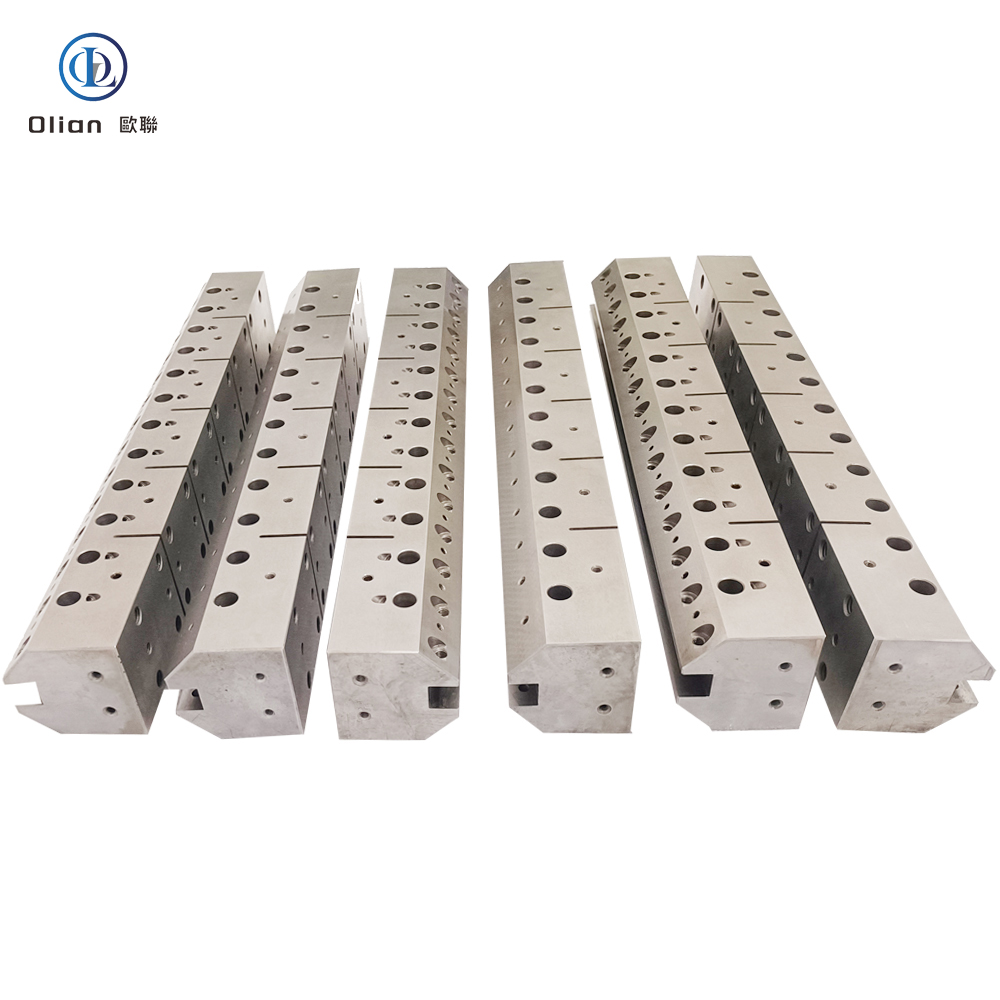

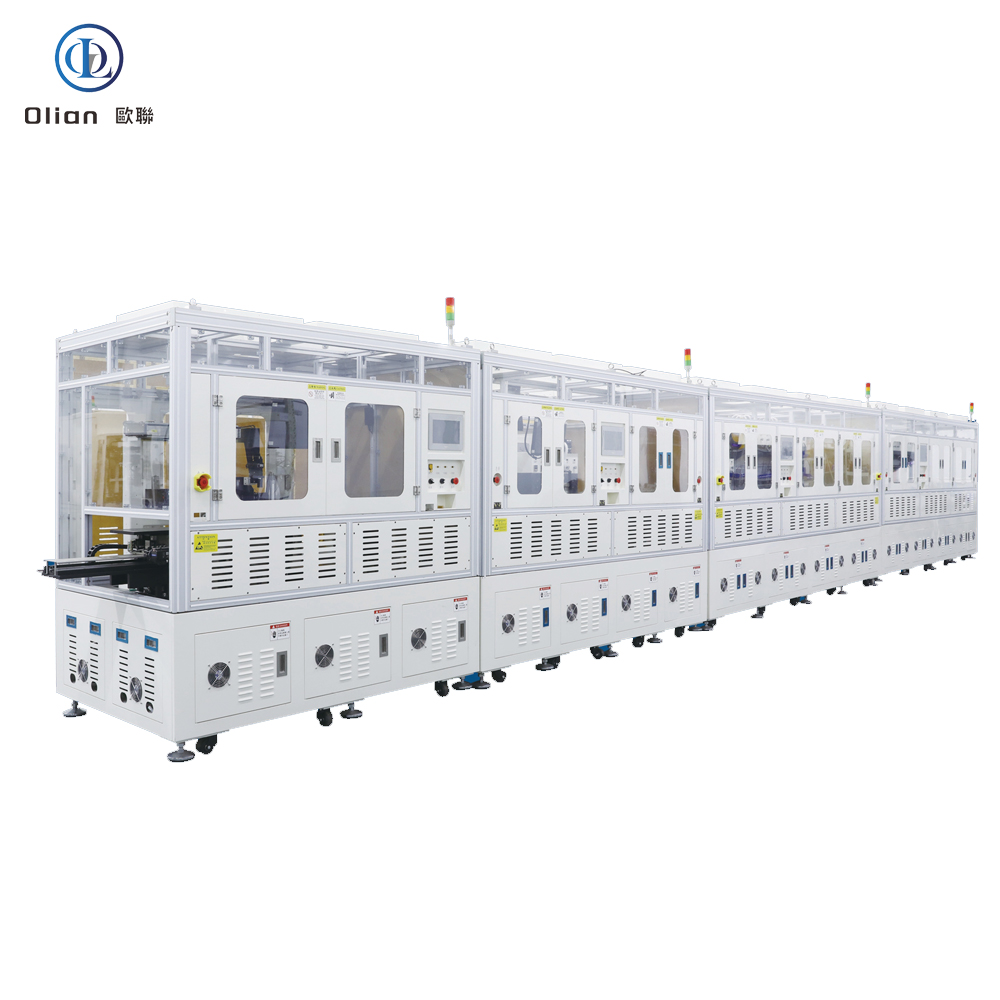
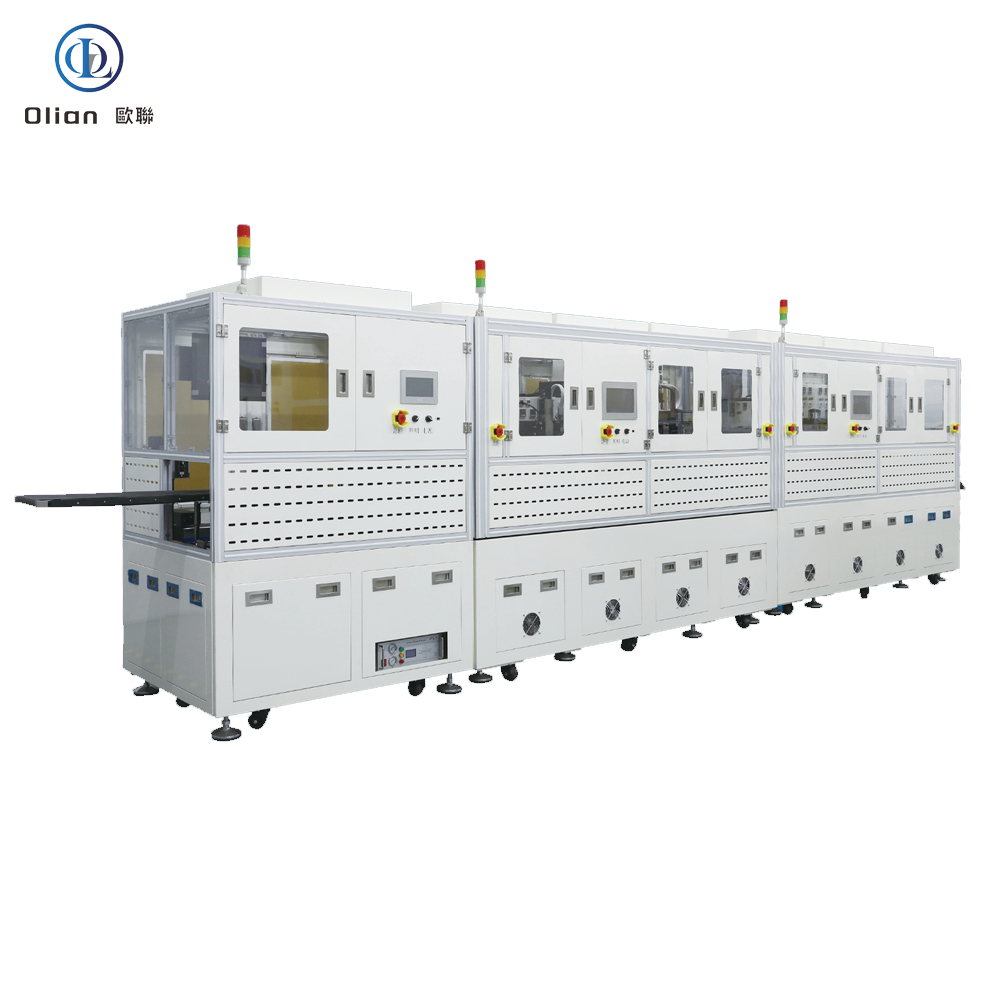
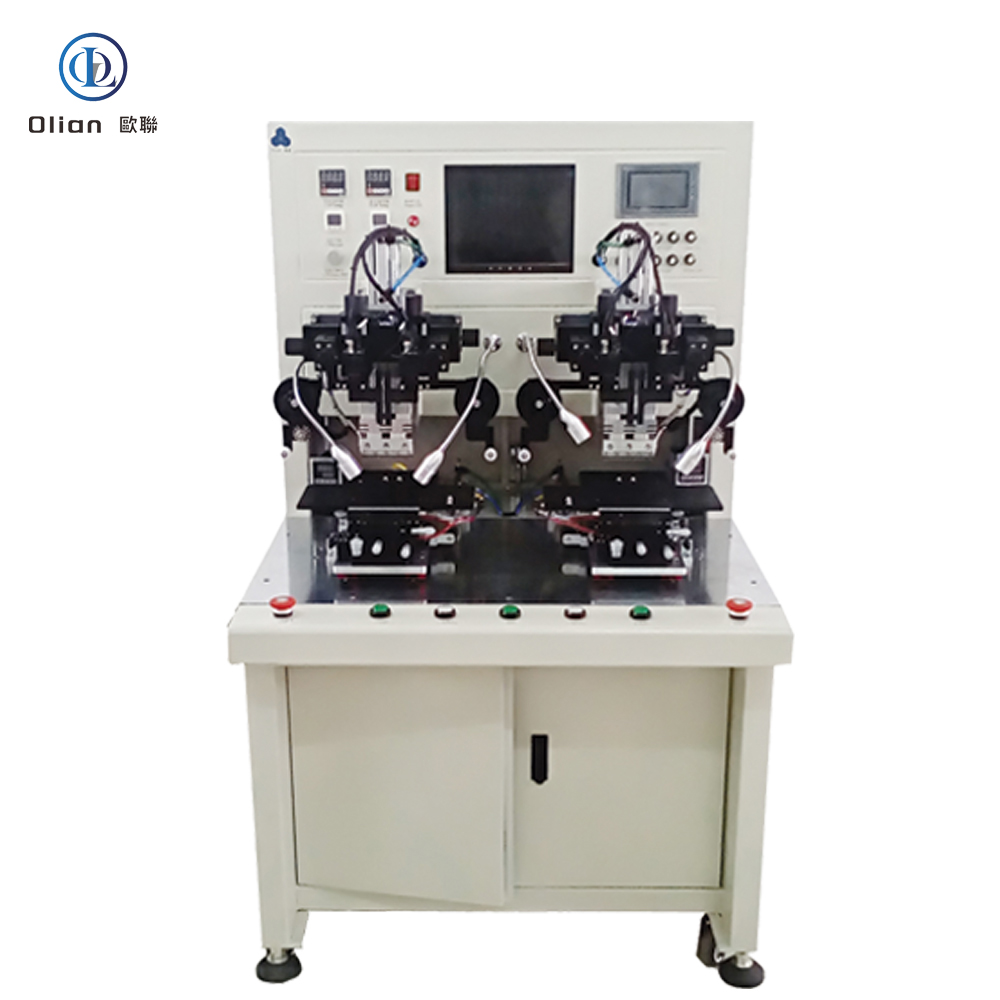

ACF Tape is the core material used in the ACF bonding process. It is an epoxy adhesive system filled with conductive particles that provide electrical interconnection between pads through the film thickness (z-direction). The conductive particles are distributed far apart to ensure electrical insulation in the plane direction (X&Y) of the film. ACF tape is available in various models and is specific to the application for which it is designed. For example, ACF designed for flex-on-glass (FOG) assembly is usually not suitable for chip-on-glass (COG) or chip-on-film (COF) applications.
The Hot Bar or Thermode is the primary tool used to apply heat and pressure during the ACF bonding process. Hot bar bonding systems are designed to heat the hot bar to a specific temperature using low voltage electricity, which temperature is fed back to the controller via a thermocouple. The hot bar is brought into contact with the ACF film over the bonding pad, heated to the bonding temperature, and held for a specified time. This process produces the connection between the ACF tape and the components.
Bonding Heads are designed to hold the components and position the ACF tape correctly with the conductive pads on the PCB or other components. They ensure that the bonding process is accurate and consistent. Bonding heads can be manual or automated, depending on the specific requirements of the bonding process.
ACF Cutting Machines are used to cut the ACF tape to the required length and shape. These machines ensure that the ACF tape is accurately cut and positioned for the bonding process. The cutting is done using the half-cut method, where only the actual ACF material is cut, and the cover-layer is used for tape transport.
Pre-Bonding Machines are used to pre-bond ICs or COF on the panel that has been attached to the ACF. The pick and place of the panel is achieved manually, and the pre-alignment is automatically completed by the equipment.
Final Bonding Machines perform the main bonding on the LCD glass with IC, cable, or COF pre-pressed. The operator manually loads and unloads the products, while the ACF bonding is automatically performed by the machine.
Top-Bottom Alignment Bonding Machines are used to bond FPC/Zebra paper on the PCB/Glass with the ACF attached. The pick and place and alignment of the PCB/Panel are done manually, and the ACF bonding is done automatically. These machines are suitable for 1″ to 12″ flat glass and flexible screen products bonding.
A Fully Automatic ACF Bonding Line includes multiple machines working together to automate the entire bonding process. This includes substrates loading machines, terminal cleaning machines, fully automatic COG/COF/COP bonding machines, and fully automatic COF punching machines.
Testing and Inspection Equipment is used to ensure the quality and reliability of the bonded products. This includes microscopes for surface inspection, temperature and pressure testers, and environmental testing chambers to simulate various conditions.
ACF bonding is widely used in various industries, including mobile phone manufacturing, automotive, LCD production, mobile computers, TV manufacturing, open cell panels, touch panels, smart watches, and pads. It is also used in research labs focusing on LCD/LED/OLED/MICRO LED/MINI LED displays.
ACF bonding offers several benefits, including:
In conclusion, the ACF bonding process relies on a suite of sophisticated parts and accessories to ensure the quality and reliability of the final products. Each component plays a critical role in different stages of the production process, from initial material preparation to final product testing. By using these parts and accessories, manufacturers can optimize their processes, reduce defects, and ensure that their products meet the highest standards of quality and performance.

COG (Chip On Glass) Bonding Machine is a critical piece of equipment used in the manufacturing of liquid crystal displays (LCDs). It is responsible for the final bonding process where the integrated circuit (IC) is permanently attached to the glass substrate. This step follows the pre-bonding process and ensures a robust and reliable connection between the IC and the display panel.
The COG Bonding Machine operates by first aligning the pre-bonded IC with the glass substrate. The machine uses a high-precision alignment system to ensure that the IC is accurately positioned. Once aligned, the bonding process begins. The machine applies heat and pressure to the assembly, causing the Anisotropic Conductive Film (ACF) to bond the IC to the glass substrate. The ACF contains conductive particles that create electrical connections between the IC and the substrate.

The COG Bonding Machine is primarily used in the production of LCD panels for various electronic devices, including:
The COG Bonding Machine offers several benefits in the manufacturing process:
The COG Bonding Machine has significantly impacted the electronics industry by enabling the production of high-quality, compact displays. It plays a vital role in meeting the demands for smaller, more efficient electronic devices, contributing to advancements in display technology and overall consumer satisfaction.
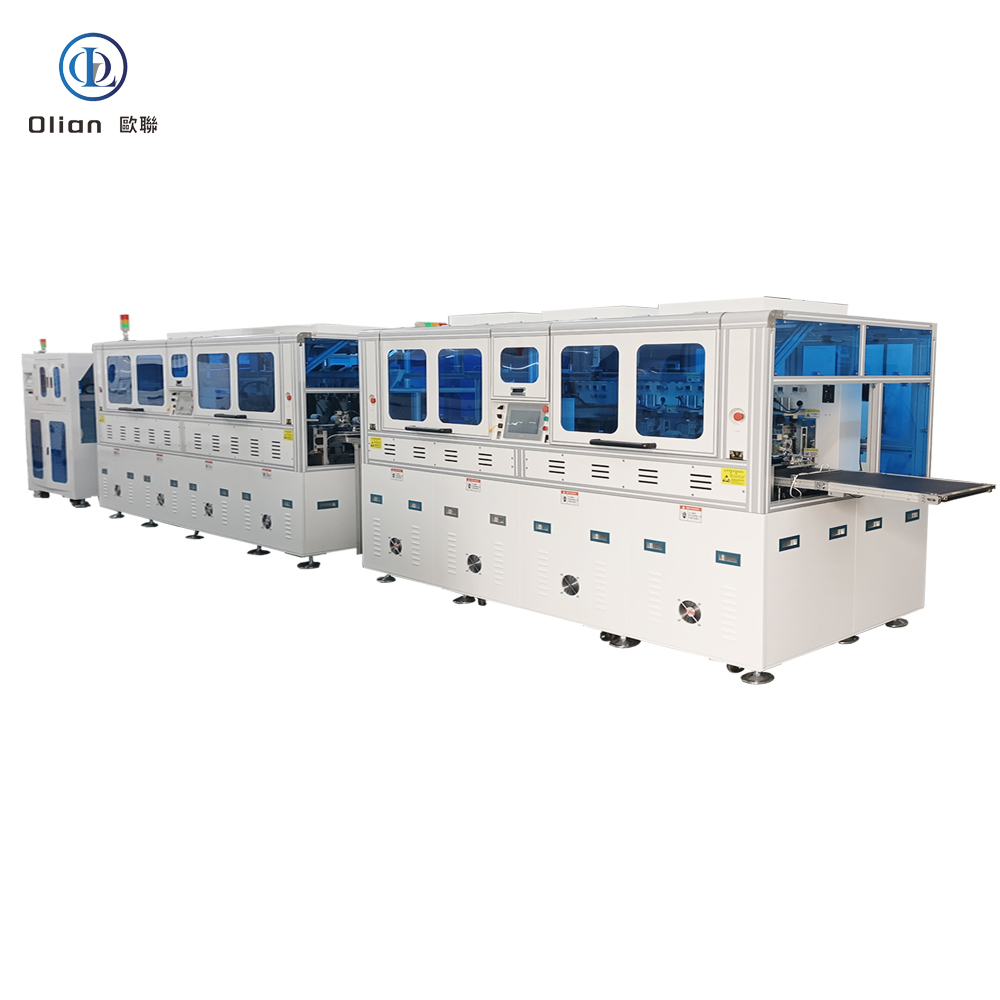
A fully automatic COG bonding line includes multiple machines working together to automate the entire bonding process. This includes:
The COG Bonding Machine is an essential tool in the manufacturing of LCD panels, providing a reliable and precise method for permanently bonding ICs to glass substrates. Its applications are widespread across various industries, driving innovation and enhancing the performance of electronic devices.
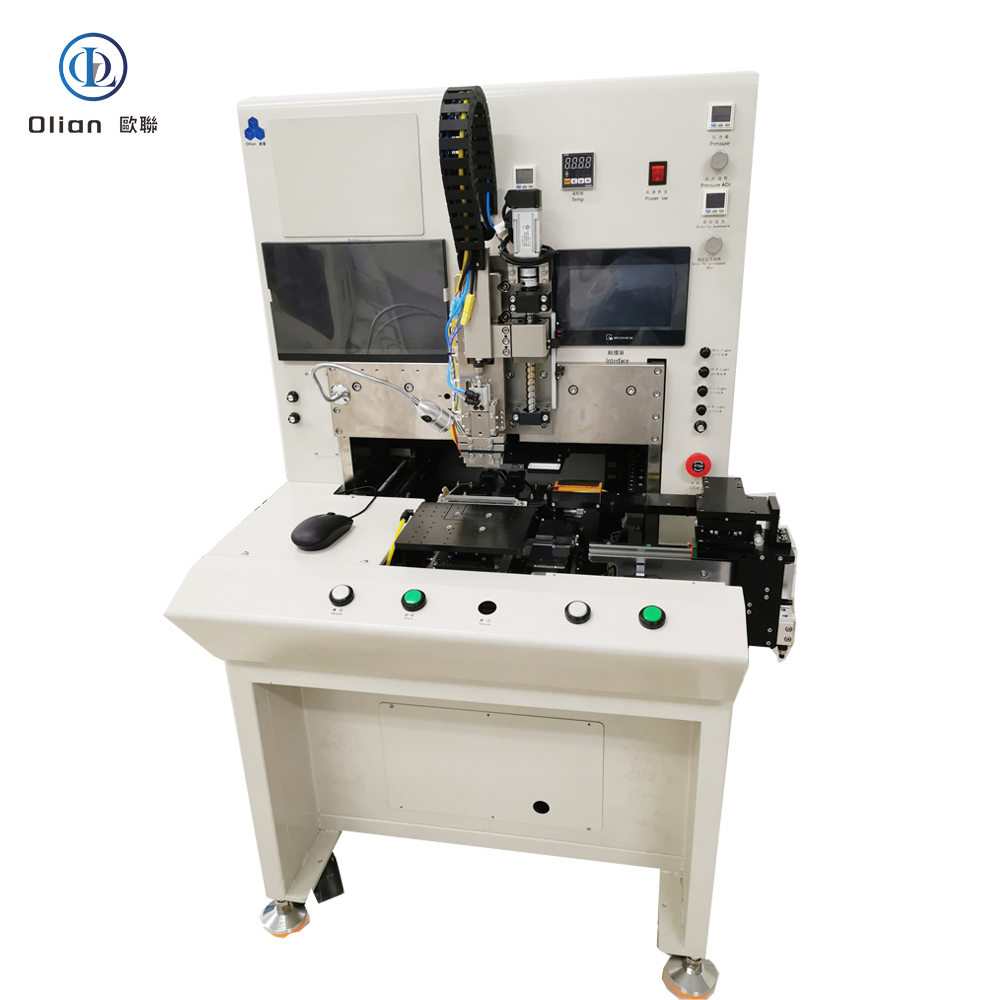
COF Bonding Machines are high-precision device designed to connect COF to Glass or PCB substrates. This technology is widely used in the assembly of LCD, OLED, and other advanced displays. It plays a pivotal role in ensuring the performance and reliability of modern electronic devices. COF bonding is the backbone of many industries, enabling compact designs, high-resolution displays, and durable electronic products. Whether you’re manufacturing smartphones, automotive displays, or industrial control panels, COF Bonding Machines are an essential tool for innovation and efficiency.
COF technology allows semiconductor chips to be directly bonded onto flexible film, enabling:
With the rise of micro-LEDs, foldable displays, and wearable technology, COF technology has become indispensable in keeping up with the latest trends in electronics.



COF Bonding Machines can be classified based on their application and capabilities:
To stay competitive, manufacturers require machines that deliver precision and speed. The key features of a state-of-the-art COF Bonding Machine include:
COF Bonding Machines are indispensable across diverse industries:
COF Bonding Machines are essential in the manufacturing of modern electronic devices, providing high precision and reliability in the bonding process. They are used in a wide range of applications, from consumer electronics to industrial and medical devices, ensuring that products meet the highest standards of quality and performance. With the increasing demand for thinner, lighter, and more durable devices, COF technology continues to play a crucial role in the electronics industry.
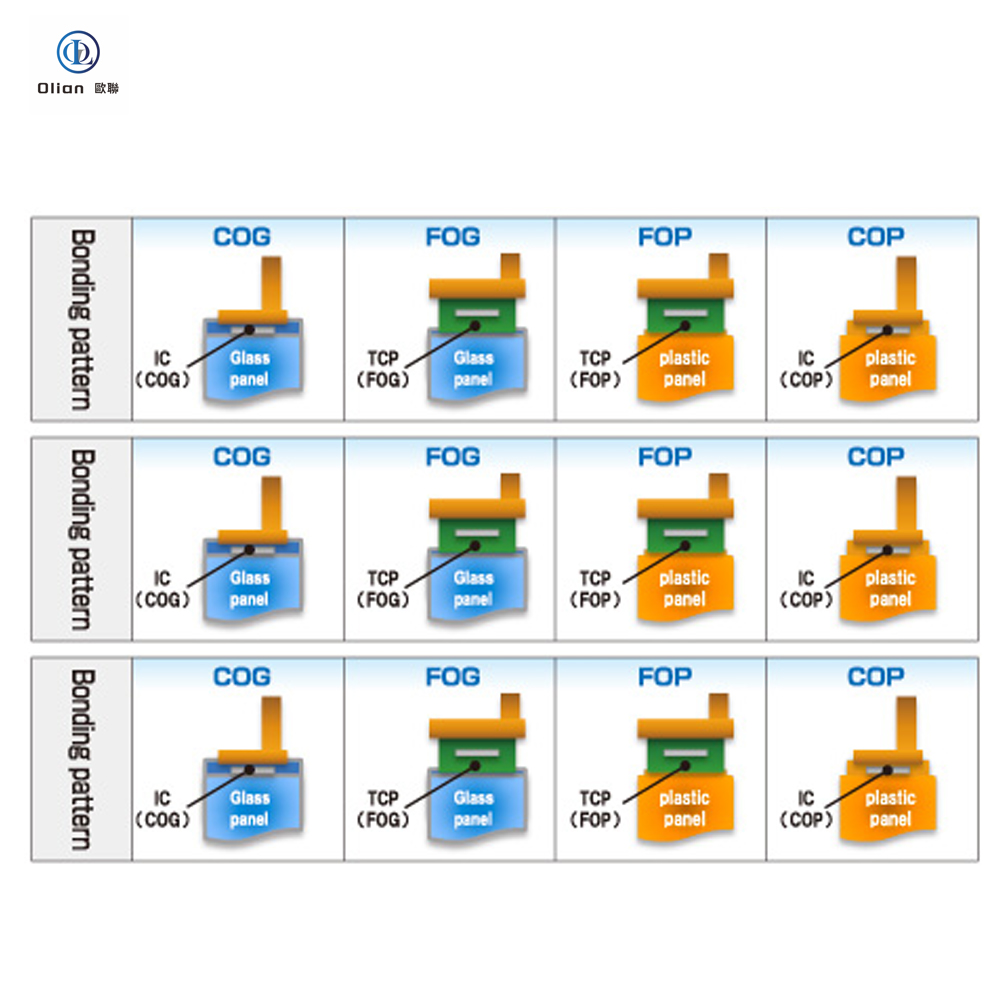
COP (Chip On Plastic) and FOP (Film On Plastic) Bonding Machine is a sophisticated piece of equipment used in the electronics industry, particularly for the production of flexible displays and advanced electronic devices. This machine combines the processes of COP and FOP bonding into a single, integrated system, streamlining the manufacturing process and improving efficiency. COP FOP bonding machines are essential for bonding integrated circuits (ICs) and flexible printed circuits (FPCs) to plastic substrates, ensuring high precision and reliability in display manufacturing.
COP FOP Bonding Machines can be classified based on their level of automation and specific applications:
COP FOP Bonding Machines are indispensable across diverse industries:
The electronics industry is continuously evolving, with manufacturers focusing on improving the precision and speed of bonding machines. Future trends include:
COP FOP Bonding Machines are critical components in modern electronics manufacturing, providing a reliable and efficient solution for bonding processes in the production of high-quality displays and electronic devices. They are used in a wide range of applications, from consumer electronics to industrial and medical devices, ensuring that products meet the highest standards of quality and performance. With the increasing demand for thinner, lighter, and more durable devices, COP FOP technology continues to play a crucial role in the electronics industry.

Introduction to Flex Cable Bonding Machines
Flex cable bonding machines are essential in the manufacturing of electronic devices, particularly for attaching flexible printed circuits (FPCs) or flexible flat cables (FFCs) to various substrates. These machines ensure a seamless and robust connection between the flexible cable and the electronic components, playing a crucial role in the production of devices like smartphones, tablets, and automotive displays.
Flex cable bonding machines can be classified based on their specific applications and the type of bonding process they perform:
Flex cable bonding machines are indispensable across diverse industries:
The electronics industry is continuously evolving, with manufacturers focusing on improving the precision and speed of bonding machines. Future trends include:
Flex cable bonding machines are critical components in modern electronics manufacturing, providing a reliable and efficient solution for bonding processes in the production of high-quality displays and electronic devices. They are used in a wide range of applications, from consumer electronics to industrial and medical devices, ensuring that products meet the highest standards of quality and performance. With the increasing demand for thinner, lighter, and more durable devices, flex cable bonding technology continues to play a crucial role in the electronics industry.
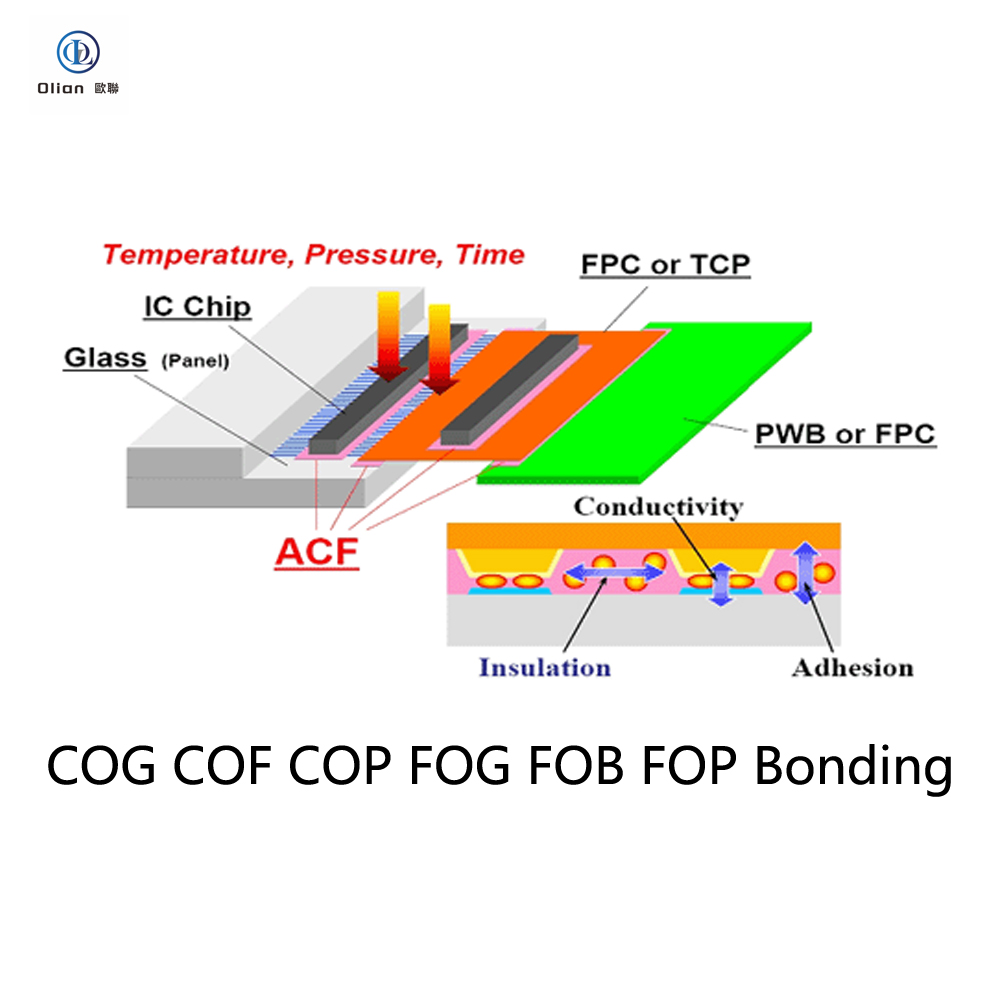

Chip bonding machines are essential in the electronics manufacturing industry, particularly for attaching integrated circuits (ICs) to various substrates. These machines ensure a seamless and robust connection between the ICs and the substrates, playing a crucial role in the production of devices like smartphones, tablets, and automotive displays. The different types of chip bonding machines, including COG (Chip On Glass), COP (Chip On Plastic), COF (Chip On Film), and COB (Chip On Board), are designed to meet specific requirements and applications.
Chip bonding machines are indispensable across diverse industries:
The electronics industry is continuously evolving, with manufacturers focusing on improving the precision and speed of bonding machines. Future trends include:
Chip bonding machines are critical components in modern electronics manufacturing, providing a reliable and efficient solution for bonding processes in the production of high-quality displays and electronic devices. They are used in a wide range of applications, from consumer electronics to industrial and medical devices, ensuring that products meet the highest standards of quality and performance. With the increasing demand for thinner, lighter, and more durable devices, chip bonding technology continues to play a crucial role in the electronics industry.